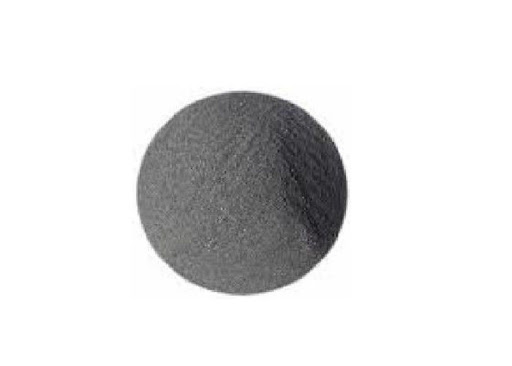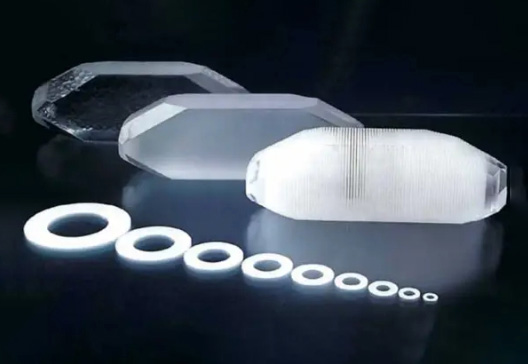Preparation of Nano Molybdenum Powder
The preparation technology of nano-powder is always the frontier of modern material science and technology. Of course, the technology of the preparation of nano molybdenum powder is no exception. At present, the reported preparation methods of nano molybdenum powder mainly include the microwave plasma method, and so on.

Preparation of Nano Molybdenum Powder
The microwave plasma method uses the principle of hydroxyl pyrolysis to prepare molybdenum powder. The newly developed microwave plasma device is adopted, which uses high-frequency electromagnetic oscillation microwave to break down the reaction gas to form high-temperature microwave plasma. Compared with other plasma methods, it has a constant temperature field. At the same time, the device has the advantages of immediately discharging the generated CO and rapidly condensing the generated Mo into the collection device, so nanometer molybdenum powder with smaller particle size can be prepared compared with the hydroxyl pyrolysis method. Similarly, Mo (CO) 6 was pyrolyzed under an N2 plasma atmosphere to produce nano molybdenum powder with uniform particle size. In one step, molybdenum powder with an average particle size of less than 50 nm was prepared, and the single-particle was approximately spherical. At the same time, this kind of powder has good stability in the air at room temperature, so this kind of nano-molybdenum powder can be widely used.
In addition, electric pulse discharge, as a well-developed electric pulse technology, has been successfully applied to the preparation of nano-powders. Studies have found that the discharge process occurs when the current reaches the maximum value of 10kA, the pulse length is about 20μs, and the pulse energy is about 80J. In argon, oxygen, and nitrogen, metal pulse discharge can be used to synthesize nano-powders of metals, metal oxides, and metal nitrides such as nano Mo powder. The particle size range of the powder obtained by this typical powder preparation method is about 20-70nm.
According to reports, the particle size of molybdenum powder prepared by the reduction of MoCl5 or MoCl6 with pure hydrogen by Hermann C. Starck is 1~5nm and 1~50nm, and the total impurity content is less than 500 mg/kg, 1,000 mg/Kg and 200 mg/kg.
In addition, both the United States and Japan have studied the method of mechanical alloying to prepare the Ni-Mo alloy nanocrystalline structure powder required by the catalyst, with an average particle size of less than 10nm. This kind of powder has exceptionally high activity, which can greatly improve the catalytic effect of the catalyst.
Conclusion
Thank you for reading our article and we hope it can help you to have a better understanding of the preparation of nano molybdenum powder. If you want to learn more about molybdenum powder, we would like to advise you to visit Stanford Advanced Materials (SAM) for more information.
As a leading supplier of molybdenum products across the world, SAM enjoys over two decades of experience in the manufacture and sale of molybdenum tube, molybdenum powder, and molybdenum alloys, offering customers high-quality molybdenum products to meet their R&D and production needs. As such, we are confident that SAM will be your favorite molybdenum product supplier and business partner.




